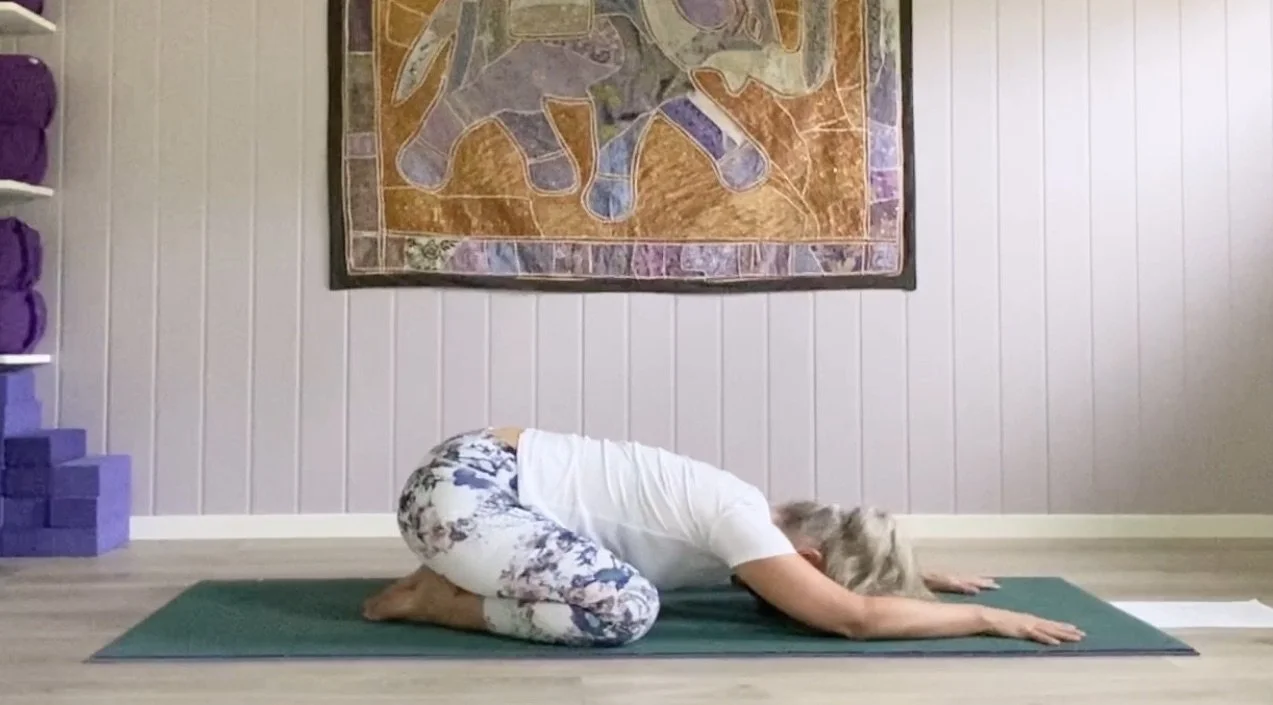The Silent Space
“Silence isn’t empty, it’s full of answers.”
The author of this quote is long forgotten, but the words are true to this day. And we can take the quote with us in our yin yoga practice, into the yoga shala (yoga room).
What is silence?
The dictionary offers several synonyms for the word silence, ranging from passivity and inactivity to rest and peace. According to physics we can say that silence is the absence of sound. I know that this is utopian in today's society. We live in a time when phones ring, cars and heavy traffic rumble by, where music flows from the speakers in the mall, where most of us are crammed together and we thus become an involuntary part of other people's conversations.
Our manmade sounds deafen and overpower the quieter sounds: the birds chirping, the raindrops \ falling, the wind blowing in the trees.
In fact, we've actually gotten used to having a backdrop of white (or any colour) noise, and we get worried and uneasy when it's quiet around us. My friend Alice, who runs a yoga studio here in little Halden, once invited an Indian meditation teacher to give a meditation workshop here. The first thing he remarked was that "it was all too quiet here."
So, when renowned meditation teachers get upset by the silence — what about us yogis?
Create small pockets of silence
The first time I stepped into a yoga shala, it felt different than walking into the next-door room, where they were doing jazz ballet. The mood was... solemn? Charged? It was by no means completely silent in the room, not at all — the students were chatting and in good spirits. But it was still something completely different from the sound level I’d experienced before any other leisure activity.
And as the class started, and I entered the "yoga zone," the quality of the sound completely changed.
I heard the teacher's instructions. I heard feet against the mat, arms moving. I heard the other people's breath. But not least, I listened inwards into myself. I could hear my pulse. I could hear my stomach growling. I could hear my muscles speak to me.
It was something else entirely.
Olga Lehmann is a researcher at the Department of Psychology at NTNU (Norwegian University of Science and Technology) in Trondheim. She stated the following to the research website forskning.no: "You may fear the silence. But don't forget that it can give you something, even when you find it embarrassing. Don't be so afraid to go into silence."
Silence for the student
When we as yoga teachers create a room of silence in yoga classes, we give our students permission to enter the inner space itself. We give them time to notice whatever may emerge—of uncertainness, of wonder, of peace. We give our students a sanctuary where the external factors — the depth of the asana, the price of the clothes, the size of the stomach — don't matter anymore, and where the inner experience of yoga becomes central and personal.
In silence, students can form a deeper connection with themselves and the people they relate to.
Silence for the teacher
One of my favourite yoga teachers used to begin every class with these words: "Let your breath be the music for this class."
Breath as music? Yes, when it's otherwise quiet, our breath can be a beautiful piece of music.
The easiest way to facilitate silence in yoga classes is not to use music for teaching. One option is to use music initially, and then turn it off when you notice that students are well into the flow state and are experiencing presence. This can be nice to do in beginners’ classes.
Without music, there will be fewer impressions to deal with. For us teachers, this makes it possible to use a lower voice when we give instructions for the various positions. This in turn makes each word more valuable, more charged. We can more easily modulate our voice to bring out nuances in what we want to communicate. And the silence of the room can inspire us to choose our words wisely.
We can also use the spaces between the words, and between whole sentences, for reflection and immersion. Just think of the 4.33 piece by John Cage – this radical 1952 composition consisting of 4 minutes and 33 seconds of uninterrupted silence.
Can we do 4.33 with silence today?
Gunn is a sought-after speaker in Norway, and abroad. She has written a dozen books on nutrition and wellbeing for women. Her first book in English is called Yoga and Diet: the Mindful Connection and is available both as a paperback and eBook at Amazon.
You can also take her Udemy course on the same topic here.
Connect with her via the social media links below!

